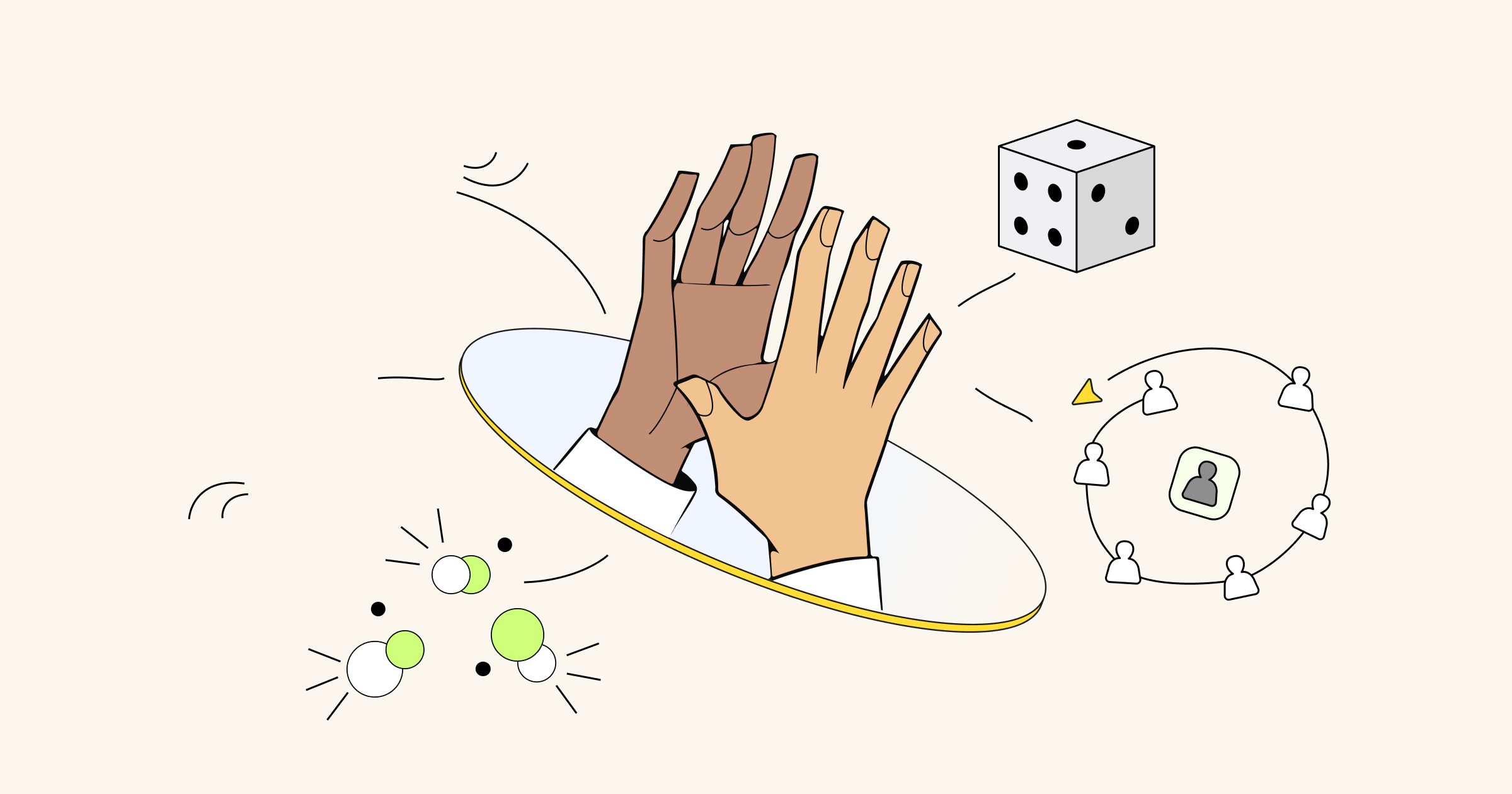It’s uncommon for the first draft of anything to be an instant success. That’s because innovation requires trial and error — to brainstorm, develop, and launch a new product or service means iterating continuously throughout the process. But we know failure can be scary: Miro found that 62% of enterprise leaders believe that fear gets in the way of innovation at their companies.
In this article, we look at why successful innovators accept failure as part of the process. By learning from mistakes and understanding that the first try always has room for improvement, we’ll examine the power of failure and how it’s actually a fundamental component of developing the next big thing.
Trial and error is your path to discovery
Innovation, by its very nature, involves venturing into uncharted territories. This journey is seldom linear or predictable. Instead, it’s characterized by a series of trials, errors, and subsequent refinements. Each failed attempt shouldn’t be seen as a setback, but as a valuable piece of information. These failures illuminate what does not work, narrowing down the paths to what might.
In industries from technology to pharmaceuticals, the most groundbreaking discoveries have often come after numerous failed attempts. Each failure in these instances was a stepping stone toward a revolutionary innovation, underscoring that without the willingness to fail, the potential for significant discovery diminishes greatly.
The trial-and-error process is not merely about accepting failure, but actively embracing it as a tool for learning. The mindset shift from viewing failure as a negative outcome to seeing it as an essential part of the journey is fundamental. It fosters a culture of experimentation where the focus is on the process of discovery rather than just the end result. Such an approach is crucial in complex and fast-evolving fields where the “right” answer is not always apparent and may require several iterations to uncover.
Encourage learning from mistakes
Each misstep in the innovation process offers a unique learning opportunity, providing insights that cannot be gained through theory alone. Successful innovators fail wisely, meaning they analyze their failures, learn from them, and apply these lessons to future endeavors. This continuous loop of action, feedback, learning, and improvement is what eventually leads to successful innovation. It is through this process that organizations and individuals develop a deeper understanding of their field, the needs of their customers, and the dynamics of the market.
Moreover, learning from failures builds resilience and adaptability – traits essential for long-term success in an ever-changing business landscape. This learning is not just about correcting what went wrong, but also about understanding why it went wrong. Such depth of understanding fosters a more profound innovation capability, allowing innovators to anticipate and mitigate future challenges. By treating failures as a source of learning, companies can evolve more robustly and sustainably.
Foster a culture of risk-taking
The fear of failure can be a significant impediment to innovation, as it stifles creativity and discourages taking the risks necessary for breakthroughs. When failure is demonized, it creates an environment where safety and conformity are prized over bold thinking. However, when organizations normalize failure and view it as an integral part of the learning process, they create a safe space for risk-taking. This shift in perspective encourages employees to step out of their comfort zones and explore untested ideas without the constant fear of repercussions.
It also leads to a more dynamic and innovative organization by attracting and retaining top talent who are often drawn to workplaces that encourage creative freedom and personal growth.
In the day-to-day course of business, with its milestones and metrics, risk-taking might seem like a waste of time. But in reality, allowing space for risk-taking can be a strategic move, leading to long-term gains that outweigh short-term uncertainties. When employees are encouraged to take calculated risks, they’re more likely to come up with breakthrough ideas that can propel the company forward.
First drafts and attempts are rarely perfect
Recognizing that perfection is a journey and not a starting point encourages continuous iteration and improvement. This mindset is crucial in the innovation process, as it keeps teams motivated and focused, even when initial attempts don’t yield the desired results. It’s the persistence to refine and improve that often leads to breakthroughs.
This approach also fosters a more inclusive environment for innovation. It acknowledges that good ideas can come from anywhere and that they often need time and nurturing to develop fully. By valuing the process of iteration, organizations encourage a broader range of ideas and solutions, which can be refined and improved over time. This not only enhances the quality of the innovation but also ensures a more diverse range of perspectives are considered in the development process.
Redefining failure
Thinking of failure as a part of the path of learning and iterating reframes the concept entirely. It’s about understanding that failure is not the opposite of success but a vital part of it. This perspective encourages a more methodical approach to innovation, where each step, whether successful or not, is seen as a valuable contribution to the journey. By redefining failure in this way, organizations can encourage more thoughtful and impactful innovation, where risks are taken with intelligence and foresight.
Final thoughts
Understanding and embracing failure is essential for fostering a culture of innovation. By viewing failure as a necessary path to discovery, a source of learning, an enabler of risk-taking, and a natural part of the iteration process, organizations can create an environment where innovation thrives.






